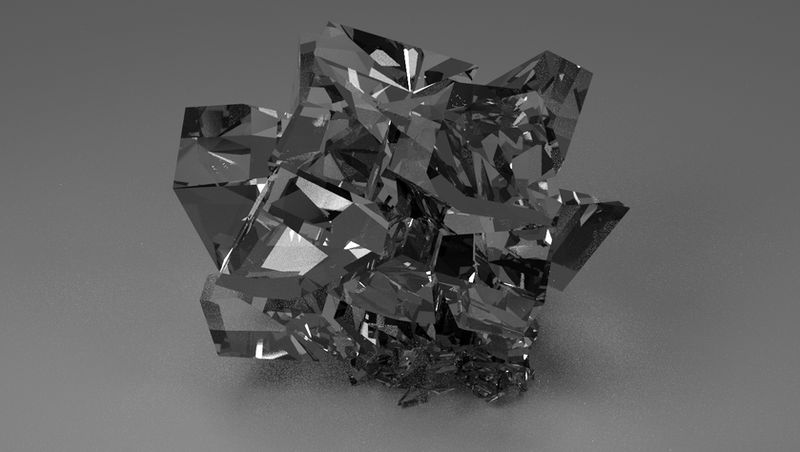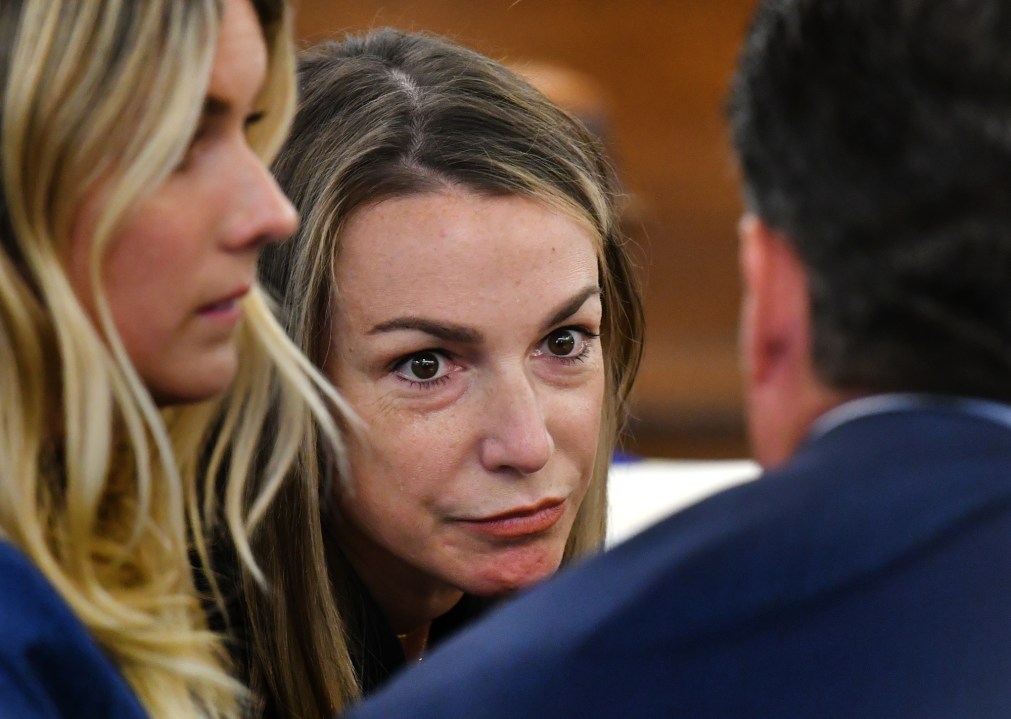Understanding Papal Conclaves: History, Secrecy, And The Election Of A Pope

Table of Contents
A History of Papal Conclaves: From Early Practices to Modern Procedures
The evolution of the Papal Conclave from informal gatherings to the highly structured process we know today is a long and complex one. Early Papal elections were often tumultuous affairs, influenced heavily by secular powers and internal Church politics. The process lacked formal rules, leading to protracted periods of vacancy and even violence. The influence of emperors and powerful families on the Papal election history was significant, with candidates often selected based on political expediency rather than spiritual merit.
- Early forms of papal election: These were often characterized by open debate and bargaining among Church officials and influential figures.
- The influence of secular powers on papal elections: Emperors and kings exerted significant pressure, often dictating the outcome.
- The introduction of formal rules and regulations: Over time, attempts were made to regulate the process, initially with limited success.
- Key reforms throughout the centuries: The 13th century saw significant developments with the introduction of more formal procedures aimed at limiting external influence. Subsequent reforms throughout the centuries further refined the process, culminating in the modern conclave.
The Papal Conclave history is rich with fascinating anecdotes, political maneuvering, and moments of significant change. Studying this history provides valuable context for understanding the modern conclave and its significance within the Catholic Church. The evolution of the conclave reflects the Church's ongoing efforts to balance its ancient traditions with the realities of the modern world.
The Secrecy Surrounding Papal Conclaves: Maintaining Tradition and Preventing Outside Influence
The secrecy surrounding Papal Conclaves is a hallmark of the process. This isn't simply a matter of tradition; it's crucial to ensuring a free and fair election, uninfluenced by external pressures or political machinations. The rigorous measures implemented aim to protect the cardinals' freedom of conscience and prevent the election from being swayed by outside forces.
- The "black smoke" and "white smoke" signals: These iconic visual cues inform the world of the progress of the voting. Black smoke signifies that no Pope has been elected, while white smoke announces the selection of a new pontiff.
- Restrictions on communication and contact with the outside world: Cardinals are completely isolated during the conclave to prevent any interference.
- The role of the Master of Ceremonies: This individual plays a crucial role in overseeing the logistical and procedural aspects of the conclave, ensuring the smooth functioning of the process.
- The oath of secrecy taken by participants: All involved swear a solemn oath to maintain the confidentiality of the proceedings.
Papal Conclave secrecy is vital for maintaining the integrity of the election and upholding the spiritual authority of the Papacy. The rules surrounding this secrecy are designed to ensure that the selection of the Pope is based solely on prayer, deliberation, and the cardinals' judgment.
The Election Process: A Detailed Look at How a Pope is Chosen
The modern Papal election process is a carefully orchestrated procedure. It begins with the gathering of the cardinal electors, who are then sequestered in the Sistine Chapel. The election proceeds through a series of secret ballots, requiring a two-thirds majority to elect a new Pope.
- The gathering of the cardinals: Cardinals eligible to vote gather in Rome.
- The opening of the conclave: A formal ceremony marks the beginning of the process.
- The voting procedure (ballots, two-thirds majority): Ballots are cast and counted until a candidate receives the necessary votes.
- Announcing the election of the new Pope (white smoke): The world waits anxiously for the white smoke, signaling the successful election of a new pontiff.
Understanding the Papal election process highlights the meticulous care taken to ensure a legitimate and spiritually guided selection of the next Pope. The process is designed to balance tradition with the need for a fair and transparent procedure.
The Significance of Papal Conclaves in the Catholic Church
Papal Conclaves are far more than just an election process; they are a cornerstone of the Catholic Church's governance and continuity. The seamless transition of power through the conclave maintains the uninterrupted authority of the Papacy, ensuring the stability and leadership of the Church.
- The role of the Pope as the head of the Catholic Church: The Pope’s authority is paramount in guiding the Church's spiritual and administrative matters.
- The importance of a smooth and legitimate transition of power: The conclave ensures a peaceful and orderly transfer of leadership.
- The conclave’s place in Catholic tradition and doctrine: The conclave’s importance is deeply rooted in the Catholic faith.
The Papal succession, facilitated by the conclave, underlines the enduring nature of the Papacy and its crucial role in guiding the Catholic Church through the ages. The significance of the conclave reaches far beyond the walls of the Vatican; it has implications for billions of Catholics worldwide.
Conclusion: Understanding Papal Conclaves: A Key to Understanding the Catholic Church
This article has explored the key aspects of Papal Conclaves: their history, the unwavering secrecy surrounding them, and the detailed process of electing a new Pope. Understanding the Papal Conclave provides invaluable insight into the Catholic Church's governance, traditions, and the profound significance of the Papacy. By understanding the history and procedures surrounding the election of the Pope, we gain a deeper appreciation for the continuity of leadership and the rich tapestry of Catholic tradition.
To further your understanding of this fascinating and crucial aspect of Catholic life, we encourage you to research Papal Conclaves further. Explore books, documentaries, and online resources dedicated to the history and procedures surrounding the election of the Pope and understanding the Papacy. Delve deeper into the intricate details of the Conclave and its role in shaping the future of the Catholic Church.

Featured Posts
-
 Car Dealers Double Down Renewed Fight Against Electric Vehicle Mandates
Apr 22, 2025
Car Dealers Double Down Renewed Fight Against Electric Vehicle Mandates
Apr 22, 2025 -
 Fp Video Interviews Economists Analyzing The Bank Of Canadas Pause
Apr 22, 2025
Fp Video Interviews Economists Analyzing The Bank Of Canadas Pause
Apr 22, 2025 -
 The Fracturing Relationship A Deep Dive Into The Us China Conflict And Cold War Concerns
Apr 22, 2025
The Fracturing Relationship A Deep Dive Into The Us China Conflict And Cold War Concerns
Apr 22, 2025 -
 Ftc Investigates Open Ais Chat Gpt What This Means For Ai
Apr 22, 2025
Ftc Investigates Open Ais Chat Gpt What This Means For Ai
Apr 22, 2025 -
 The Karen Read Case A Chronological Overview Of Court Proceedings
Apr 22, 2025
The Karen Read Case A Chronological Overview Of Court Proceedings
Apr 22, 2025
